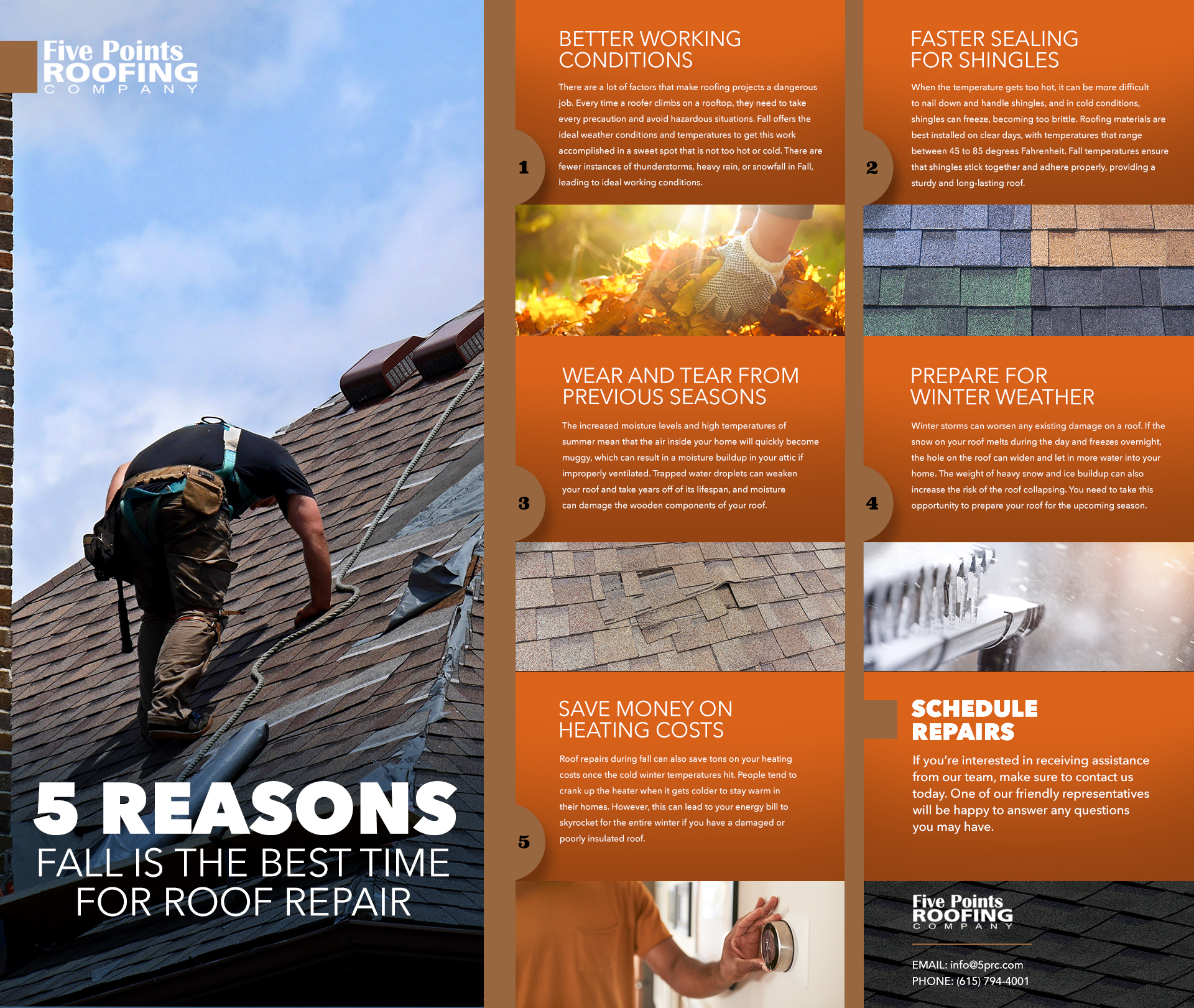
Highlights – Why Fall For Roof Replacements?
Fall is an ideal season for roof repair and maintenance. Mild weather conditions provide a perfect environment for roofing contractors to work efficiently on roof repairs and roof replacement projects before the harsh winter months arrive. By scheduling fall roof maintenance, homeowners can avoid costly repairs, improve their home’s energy efficiency, and ensure a sturdy roof to protect against winter’s extreme weather conditions. Read on to explore the benefits of autumn roof repair and why fall is the best season to address roofing issues.
Table of Contents
Why Fall is Ideal for Roof Repair & Replacement
Fall is widely regarded as the best time for roof repair, offering unique advantages that make roofing projects more efficient and cost-effective. During the fall season, moderate temperatures create ideal weather conditions that allow roofing materials to be installed correctly. Unlike summer’s sweltering heat, which can soften shingles and slow down the roofing process, or winter’s freezing temperatures, which make shingles brittle and challenging to work with, fall provides mild weather conditions that allow contractors to work efficiently.
For example, roofing companies in Middle Tennessee emphasize that autumn is the perfect environment for installing materials like Owens Corning shingles and GAF roofing products, ensuring they adhere well and provide long-lasting protection. Roofing contractors find it easier to complete projects during this period, as moderate fall temperatures prevent structural damage to materials during installation. This consistency in weather conditions helps avoid delays, maintaining a steady project timeline that homeowners can rely on.
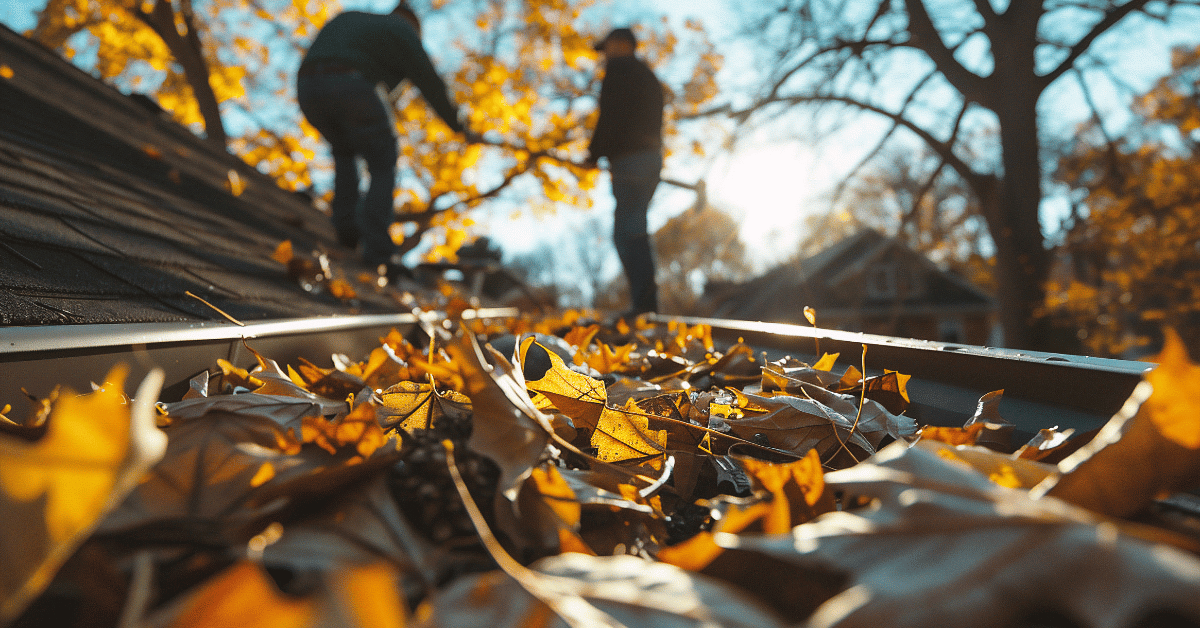
Ideal Weather Conditions
Fall weather is ideal for roof repairs because it ensures roofing materials perform optimally. Most roofing materials, especially asphalt shingles, require temperatures between 45 to 85 degrees Fahrenheit to seal correctly; autumn temperatures often fall within this range. Cold weather can hinder this process by making shingles brittle, while hot summer temperatures may cause shingles to over-soften, increasing the risk of warping.
In the roofing industry, professionals recommend scheduling roof replacements in the fall to avoid issues caused by extreme weather conditions. With mild fall temperatures, shingles can be installed without the risk of brittleness from cold or softness from heat, which is essential for a well-maintained roof. We support using mild fall days to create a more efficient roofing process focusing on quality and longevity. A roof replaced in fall stands a better chance against winter’s harsh conditions due to this protection.
Easier Shingle Installation
Fall’s moderate weather also simplifies shingle installation, which is crucial for a durable and sturdy roof. Roofing materials require specific conditions for proper adhesion, especially when dealing with complex roofing systems. During fall, temperatures usually remain within the 50-65°F range, which allows shingles to settle and bond securely without becoming too hard or too soft.
For instance, Roofing Construction & Estimating advises that shingles must bond correctly to withstand the upcoming winter conditions. Handling your roofing project during the fall ensures protection that can endure the colder months. A roof installation during this period reduces the risk of common winter issues, such as sagging areas or damaged flashing. The right contractor can make a huge difference by taking advantage of these favorable conditions, ensuring that each roofing project is completed in top-notch condition.
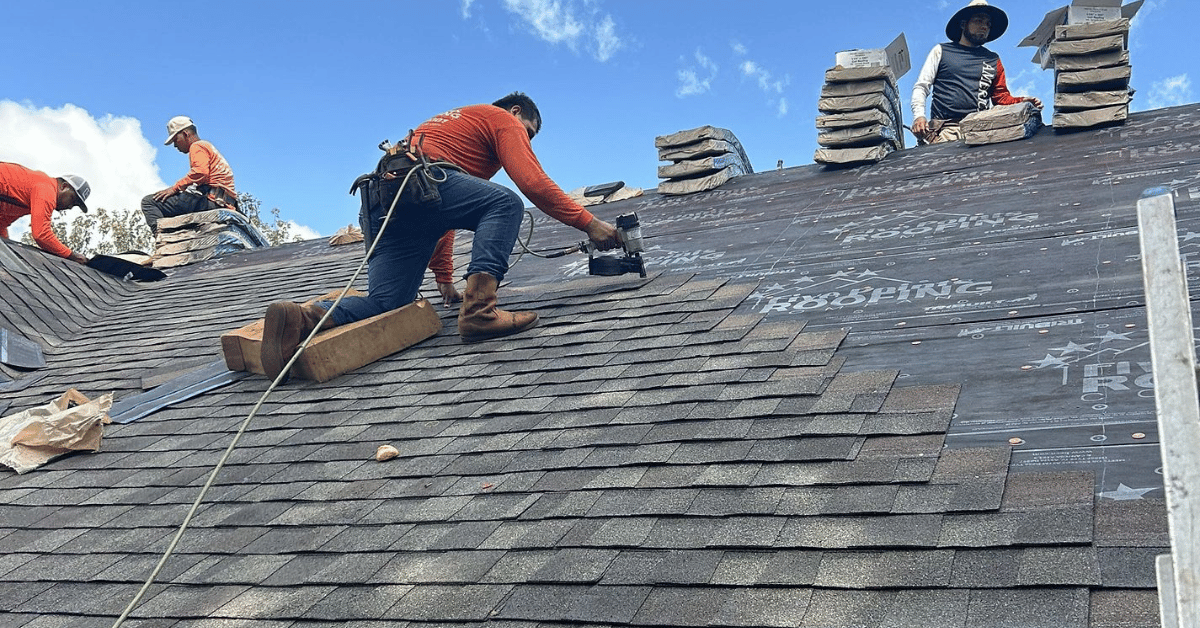
Preparing Your Roof for Winter
Preparing your roof for winter through timely repairs is essential. After heavy rain and storms in the summer, minor issues like missing shingles or sagging areas may have developed. These small problems can lead to significant structural damage if not addressed before winter brings extreme weather. Harsh winter weather can worsen these issues, leading to costly repairs that could have been avoided.
Addressing Summer Storm Damage
Summer storms can cause damage, such as cracked or missing shingles, sagging areas, and weakened structural integrity. Heavy rain and intense winds are rough on roofs, which can cause minor issues that go unnoticed. Fall ensures that roofing companies can inspect for summer storm damage, identifying potential risks like damaged flashing or cracked shingles.
Professional roofing contractors like Five Points Roofing advise scheduling an inspection to check for these issues before winter hits. Homeowners can avoid emergency repairs once harsh winter weather sets in by repairing any summer damage in the fall. Repairing in the fall reduces the risk of further damage and ensures that your roof is ready to withstand winter.
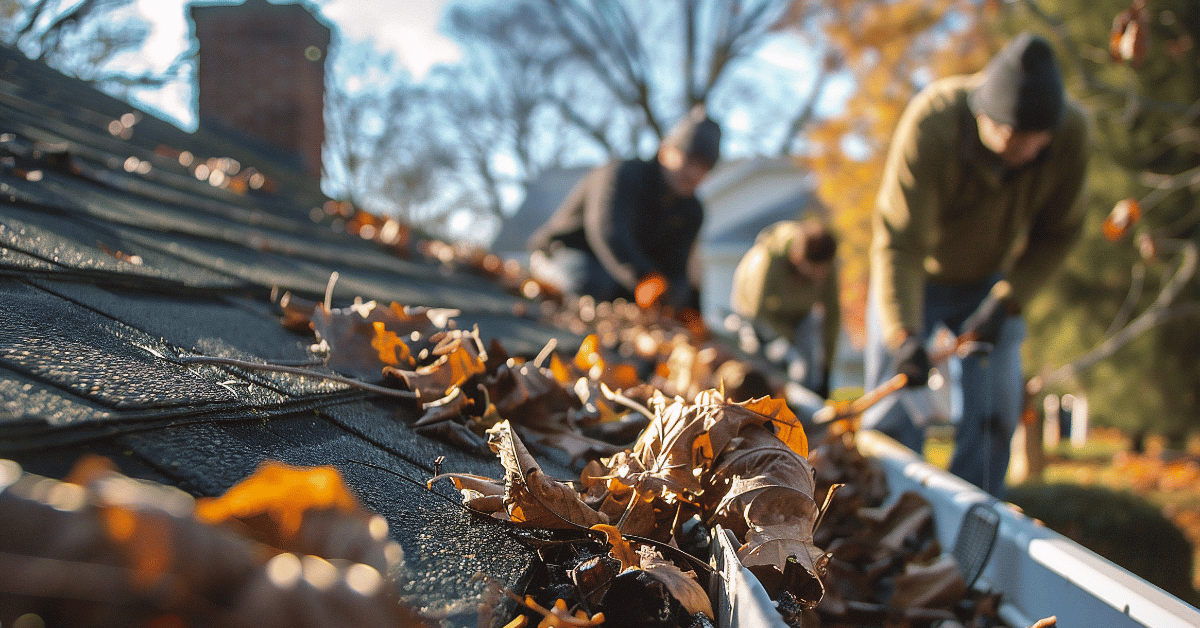
Preventing Winter Emergencies
A fall roof repair is a crucial step in winter preparation. Minor vulnerabilities in your roof can become significant issues during winter without proper maintenance. Snow and ice, combined with freezing temperatures, can infiltrate these weak spots, worsening leaks and even risking structural collapse in extreme cases.
Having a roof ready for the winter months in the fall helps homeowners maintain their home’s structural integrity and avoid costly repairs. A well-maintained roof keeps homes warmer, preventing heat loss and reducing the burden on heating systems. Roof replacements scheduled in the fall minimize the risk of unexpected problems and emergency repairs when winter conditions are at their worst.
Enhancing Energy Efficiency
Fall roof repair is about preparing for winter and home maintenance that enhances your home’s energy efficiency. A properly sealed roof provides insulation that keeps warm air inside during winter and can significantly reduce energy bills.
Insulation and Heating Cost Savings
A roof in good condition provides effective insulation, reducing heat loss during cold weather. This lowers heating costs, helping homeowners save on energy bills throughout the winter. Roofing materials such as GAF or Owens Corning shingles, known for their energy efficiency ratings, work to retain heat within the home, minimizing the need for additional heating.
For example, a new roof or repairs in the fall can substantially improve a home’s overall energy efficiency.
Autumn Roof Repair Benefits for Eco-Friendly Homes
Eco-friendly homeowners may also find that fall is the best time for roof maintenance, as it aligns with sustainable practices. By addressing minor issues and improving roofing systems in the fall, homeowners can reduce their carbon footprint and maintain a comfortable home without relying excessively on heating or cooling systems. A sturdy roof in good condition also reduces the need for frequent replacements, promoting a more environmentally friendly approach to home upkeep.
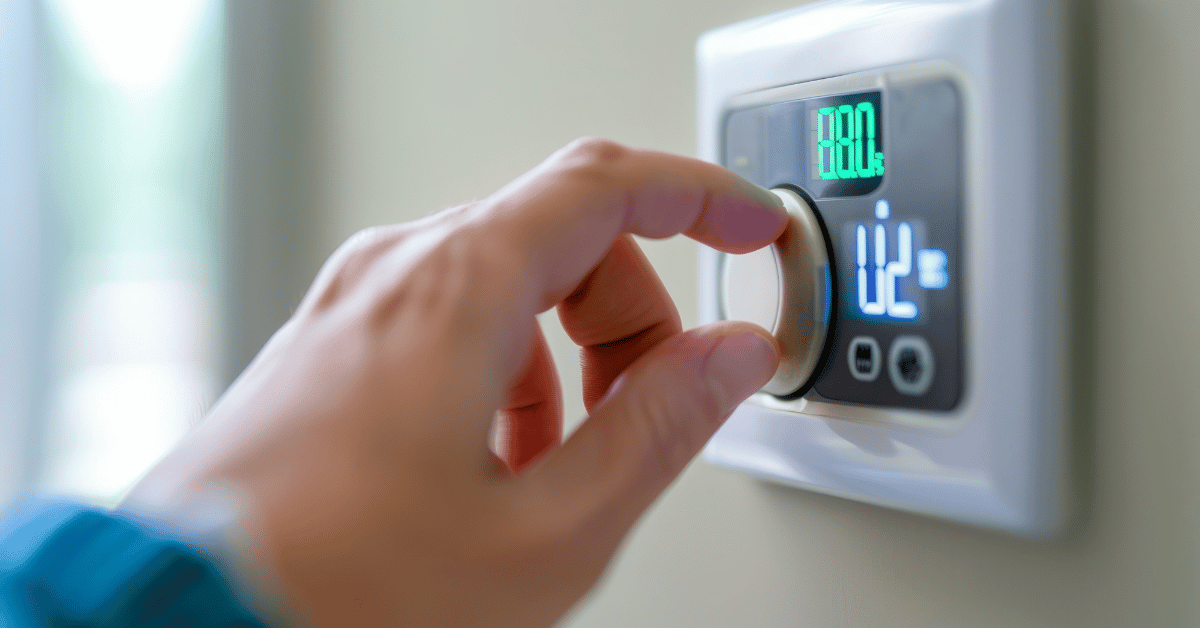
Cost Savings of Fall Roof Repair
Scheduling roof replacements or repairs during the fall offers competitive pricing and minimizes unexpected expenses. Many homeowners find that roofing companies have better availability during the fall, avoiding the higher labor costs that can arise from emergency repairs in winter.
Lower Seasonal Repair Costs
Roof repairs scheduled in the fall often have lower labor costs than emergency repairs during winter. This proactive approach prevents costly repairs that might arise if roofing issues go unaddressed. Contractor availability is typically higher in the fall, meaning competitive pricing and reduced costs due to fewer emergency requests.
Fall’s mild weather conditions also mean that projects are less likely to be delayed by unpredictable conditions, allowing roofing contractors to complete work efficiently.
Insurance Considerations for Fall Repairs
Another benefit of completing roof maintenance in the fall is the potential impact on insurance. Homeowners’ insurance may cover roof repairs or replacements due to storm damage, but many policies require that repairs be conducted promptly. We advise that regular inspections and timely repairs help homeowners navigate insurance claims more smoothly, ensuring coverage when needed.
Pro Tips for Fall Roof Maintenance
Here are some tips to keep your roof in excellent shape to maximize the benefits of fall roof repair.
Regular Inspections and Gutter Cleaning
A key part of fall roof maintenance is keeping gutters clean. Clogged gutters can cause further damage to the roof by trapping water, leading to rot or leaks during the winter. To prevent these issues, roofing contractors often include gutter cleaning in their fall services. Regular inspections can help identify minor issues like cracked shingles or sagging areas, ensuring they don’t become costly repairs in the winter months.
Choosing a Trusted Roofing Professional
Hiring a reputable roofing contractor is essential for successful fall roof repair. Choosing a HAAG-certified contractor ensures that repairs are conducted with expertise and precision. Certified contractors are skilled in working with roofing materials suited for fall’s moderate temperatures and can advise on how to maintain the structural integrity of your roof in the long term.
Conclusion
Fall is undeniably the best season for roof repair. From mild temperatures that simplify shingle installation to timely repairs that prepare for winter’s harsh conditions, autumn offers an ideal environment for roofing projects. By scheduling repairs or roof replacements during this time, homeowners can reduce costs, improve energy efficiency, and protect their homes from winter’s unpredictability. Take advantage of the fall season to ensure your roof is ready for winter and avoid the complications of extreme weather conditions.


